I designed a controller for an electric pizza oven. The PCB has an MP-LDE03-20B0 power supply module on it. Everything works great except for measuring the temperature in the oven. I use thermocouples with shielded cable and metal housing. The thermocouple cable and housing are shielded with PE together with the oven's chassis. The voltage on the thermocouple is measured using a MAX6675 IC with a reference to GND (not PE).
I have encountered an issue with the temperature reading fluctuating by more than 60 degrees whenever I touch the thermocouple's shielding or install the thermocouple in the oven. Later I found that the difference between GND and PE is very high. And so I think what happens is that the PE actually introduces noise into the thermocouple cables. Below I attached an oscilloscope image where I measure the difference between PE and GND (blue channel).
If I shield the thermocouple with GND instead of PE, the readings are extremely stable.
With this said, I am pretty sure what the problem is, but I can't think of any solutions. The only idea I had is to connect PE and GND and basically make the power supply a PELV system. However, this may not be wise due to the large difference. Any help would be appreciated.
I also attached a picture of the thermocouple, ad a schematic of the system.

simulate this circuit – Schematic created using CircuitLab

